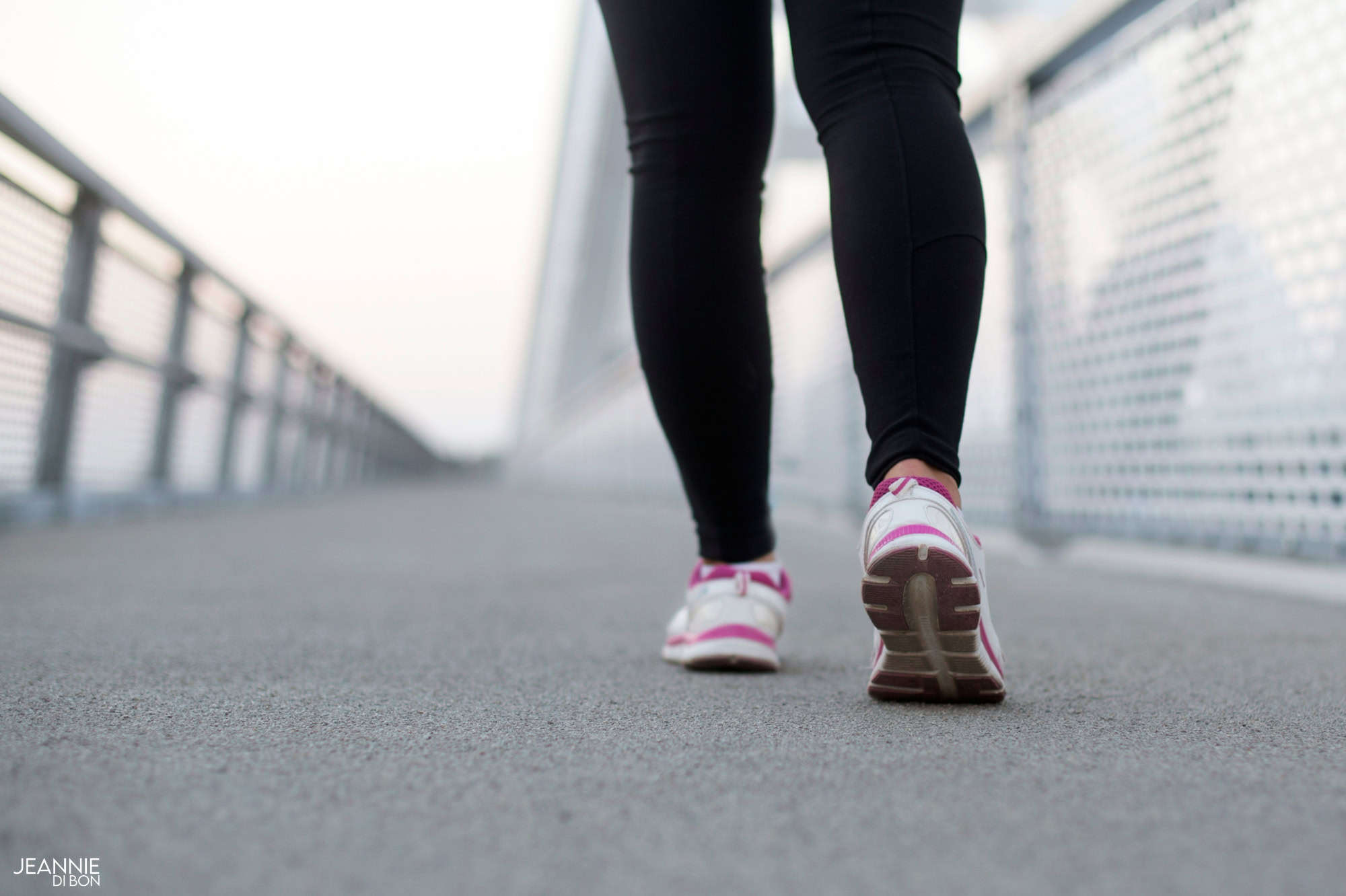 Estimated reading time: 3 minutes
Estimated reading time: 3 minutesPostural Orthostatic Tachycardia Syndrome or POTS is a common occurrence in many people who have EDS. When you have POTS, the thought of exercise can be challenging and something you may not want to engage in. However, we do know that exercise can be beneficial for POTS management. This exercise must be modified appropriately so that POTS symptoms are not increased. We asked Occupational Therapist Emily Rich to tell us more about POTS and exercise, and why this is one of the first recommended strategies we often hear to manage POTS.
What is POTS?
Postural Orthostatic Tachycardia Syndrome (POTS) is a form of autonomic nervous system dysfunction or dysautonomia. POTS is diagnosed when a set of criteria are met (1)
- Increased heart rate of greater or equal to 30 beats per minute within 10 minutes of standing
- Absence of significant sustained orthostatic hypotension (drop in blood pressure with standing)
- Symptoms of orthostatic intolerance that are worse while upright and improve with laying down, including lightheadedness, palpitations, generalised weakness, blurred vision, fatigue etc.
- Symptoms lasting longer than 3 months
- No other conditions causing sinus tachycardia (when the heart beats faster than normal)
POTS and EDS
Anecdotally we know that POTS and hEDS seem to come together (not to mention MCAS). The cause for this relationship has not been definitively determined, but research is linking these conditions.
- 31% of POTS patients met hEDS criteria with another 24% having generalized joint hypermobility (2)
- 50% of hEDS patients met POTS diagnostic criteria (3)
- In Pediatric POTS patients, 22.7% had EDS and 39% had Hypermobility Spectrum Disorder (4)
Interestingly, when we asked members of The Zebra Club community, 30.3% had a POTS diagnosis, 31.6% suspected POTS, and another 30.3% had another form of dysautonomia.
How do you exercise with POTS?
Why is exercise recommended for POTS(5)?
- Activate/strengthen the Musculoskeletal pump by conditioning the vasculature and muscles
- Blood pooling is especially relevant in HSD/EDS with POTS due to stretchier blood vessels that might lead to more pooling in the lower body
- Produce red blood cells
- This can increase blood volume, which increases circulating blood and theoretically decreases POTS symptoms
- Strengthen the heart
- There is some debate about whether cardiac mass has decreased in POTS, if so exercise can help
- In the case that someone has become deconditioned (not that this caused their POTS, but secondary), exercise helps recondition the body to optimally function
Tips for Exercising with POTS
- Try recumbent or reclined
- Since we have tachycardia when upright, if we can decrease the demand on the body against gravity (and lessen symptoms) and still get exercise, it’s usually better tolerated. Eventually, a person can progress to upright.
- This may include swimming, rowing, and recumbent rather than an upright bike.
- Explore both cardiovascular exercise (anything that gets your heart rate up) AND strengthening.
- We want muscle strength, especially in the lower body and core, to activate that skeletal muscle pump and keep blood circulating rather than pooling.
- Monitor symptoms but don’t let them dictate everything.
- We expect the HR to increase. We expect some symptoms. Consider how much/how intense it’s changing before determining if you should stop completely.
- Maybe you can take a break and then continue. If just HR increasing but no symptoms (talk with medical provider to be sure, but typically if no heart issues) you can continue to exercise.
- Explore using a rate of perceived exertion scale (RPE) instead of monitoring HR.
- As I said above, we know the heart is going to go up, but how hard do you feel like you’re pushing yourself?
- I typically encourage people to monitor their breathing, how many words they can say out loud, (this is their exertion), rather than their HR. usually on the 1-10 scale, staying below 8, especially at first, is advised.

- Use compression garments while exercising
- Waist-high plus an abdominal binder is ideal
- Ensure you’re getting enough fluid and electrolytes (including sodium) per your medical provider’s recommendations.
- Often, people need more when they exert, so consider before, during, and after exercise to replenish/
- Go slow. Take breaks between.
- Rest in laying down or legs up position.
- Give the body time to adjust when changing positions.
- Take a few breaths before starting and after finishing an exercise.
- Avoid standing still.
- This tends to increase blood pooling – more active movements or laying/sitting down are better tolerated.
Emily Rich is a practicing occupational therapist, Ph.D candidate, and researcher. You can find her on Instagram or visit her website
Emily is joining us for our member Meet-Up in The Zebra Club this month. Her presentation on POTS lifestyle management strategies will be stored in the Resources section of the app. You can also find a wide variety of supine POTS friendly classes in the app.
Works Cited
- Raj et al (2022). Diagnosis and management of postural orthostatic tachycardia syndrome. Canadian Medical Association Journal, 194(10): E378–E385. PMID: 35288409
- Miller et al (2020) Prevalence of Hypermobile Ehlers-Danlos Syndrome in Postural Orthostatic Tachycardia Syndrome. Autonomic Neuroscience PMID: 31954224
- Caletti et al (2020) A new insight on postural tachycardia syndrome in 102 adults with hypermobile Ehlers-Danlos Syndrome/hypermobility spectrum disorder. Monaldi Archives for Chest Disease. PMID: 32434316
- Boris & Bernadzikowski (2021) Prevalence of joint hypermobility syndromes in pediatric postural orthostatic tachycardia syndrome. Autonomic Neuroscience.
- Fu & Levine (2018) Ecervise and Non-Pharmacological Treatment of POTS. Autonomic Neuroscience. PMID 30001836
No Comments